GIGABYTE GA-X58A-UD3R (Rev. 2.0) Motherboard Review
GIGABYTE GA-X58A-UD3R (Rev. 2.0) Bios Images
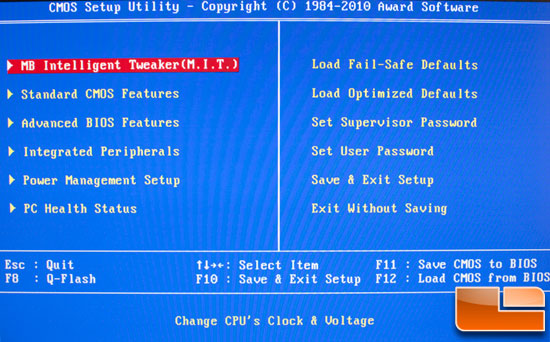
Here is the main page of the GIGABYTE X58A-UD3R BIOS which gives you access to all of the sub-pages within the BIOS. Also accessible is Q-Flash and the ability to save or load your CMOS settings.
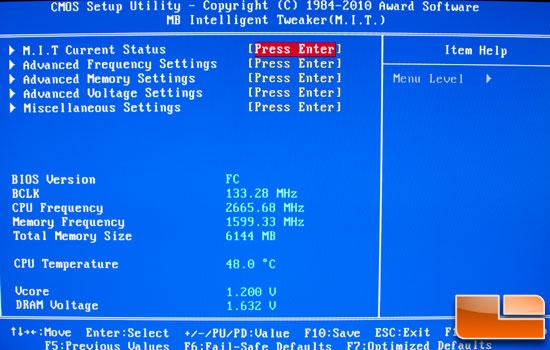
Getting into the MB Intelligent Tweaker (M.I.T.) page we see the options it provides along with a small status report on a few areas such as BIOS version, BCLK speed, CPU frequency, and so forth.
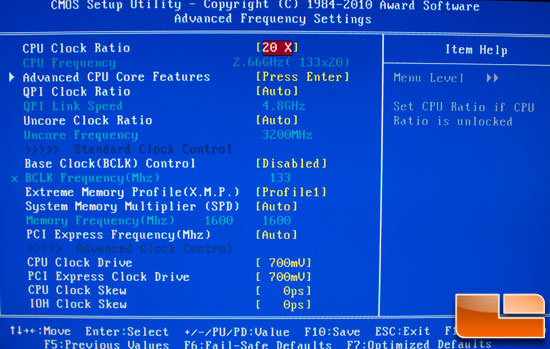
Moving onto the Advanced Frequency Settings page in the M.I.T. , we get access to all the frequencies for the CPU and memory.
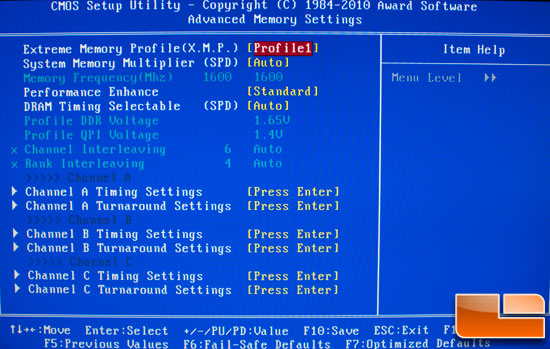
In the Advanced Memory Setting page in the M.I.T we get more access to memory frequencies and timings.
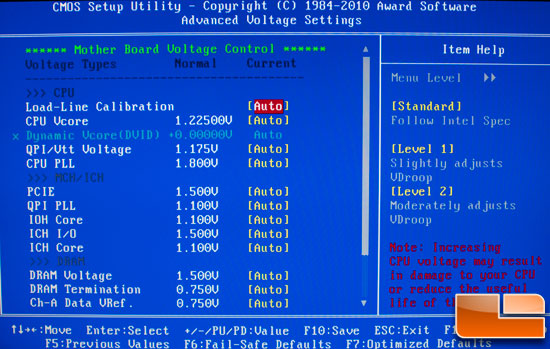
Next available page is the Advanced Voltage Settings page which gives the user access to all the voltage adjustment settings.
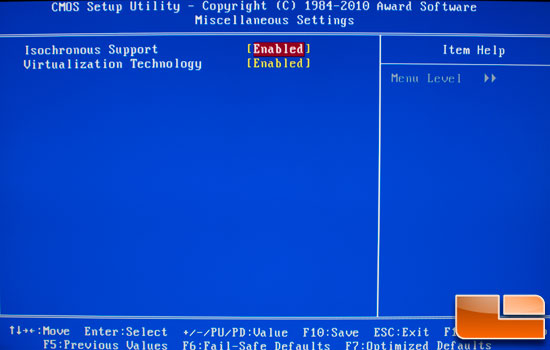
Last page in the M.I.T. is the Miscellaneous Settings page which offers Isochronous Support and Virtualization Technology.
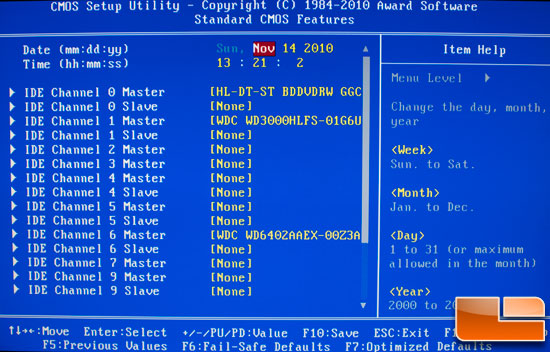
The Standard CMOS features page is just that, standard. It lets you set the time and date along with seeing what devices you have plugged into which port.
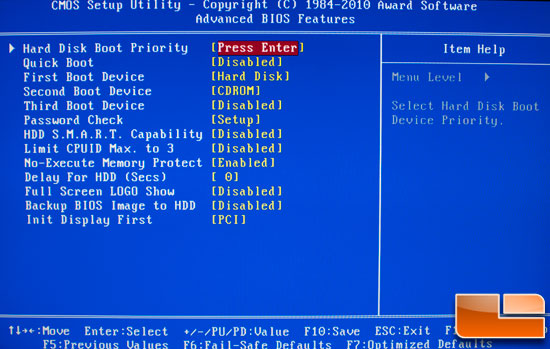
The Advanced BIOS Features page allows you to configure boot devices and boot order.
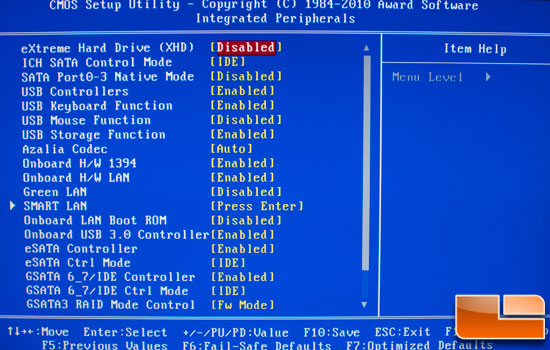
The Integrated Peripherals page allows you to configure many of the features the GIGABYTE X58A-UD3R offers.
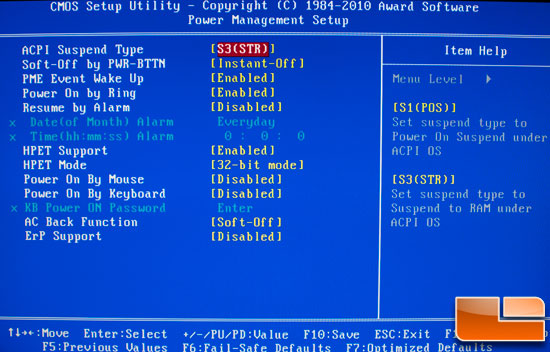
The Power Management Setup page lets you tinker with the power settings available.
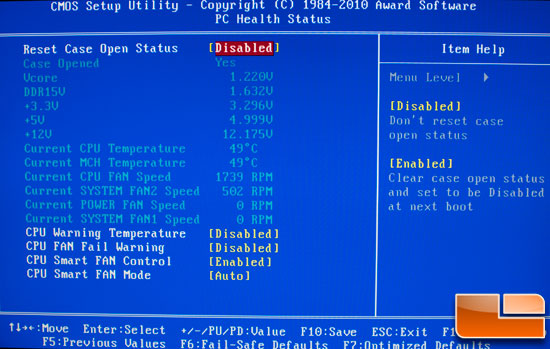
The PC Health Status page informs you of the temperatures and voltages of the system along with controlling the system fans and warnings.
All in all, the GIGABYTE X58A-UD3R offers a pretty beefy BIOS. Let’s move on to the testing shall we?

Comments are closed.